परिचय
The Indo-Pakistani War of 1971 was a 13-day conflict from 3–16 December 1971 that culminated in the surrender of Pakistan’s Eastern Command in Dhaka and the creation of the independent state of Bangladesh, following months of the Bangladesh Liberation War and a humanitarian crisis triggered by Pakistan’s March 1971 crackdown in East Pakistan. Hostilities formally ceased after Pakistan’s forces in the east capitulated on 16 December and a broader ceasefire took effect the following day on the western front.
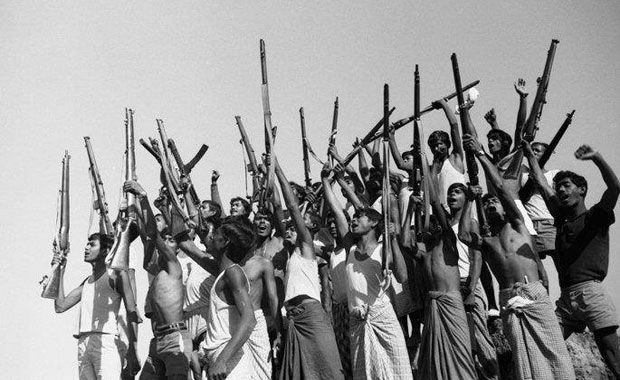
Background: From Crisis in East Pakistan to War
- Operation Searchlight: On 25 March 1971, Pakistan’s military regime launched a brutal crackdown in East Pakistan, igniting the Bangladesh Liberation War and mass atrocities, which spurred a refugee exodus into India and galvanized support for the Mukti Bahini guerrillas.
- India’s support and escalation: Through 1971, India trained and armed the Mukti Bahini; war officially began on 3 December after Pakistan launched air strikes on Indian bases (Operation Chengiz Khan), to which India responded by declaring war and opening a major eastern campaign.
- Allied command: By November, an India–Mukti Bahini joint command under Lt Gen J.S. Aurora coordinated a rapid multi-axis thrust toward Dhaka, leveraging local guerrilla gains and Indian air superiority in the east.
The War: Eastern and Western Fronts
- Eastern theatre (decisive): Indian forces and the Mukti Bahini rapidly seized key crossings and towns, achieved air dominance, and encircled Dhaka; the Tangail airdrop (11 December) and swift river-crossing operations accelerated the collapse of Pakistan’s Eastern Command.
- Western theatre: Heavy fighting occurred along the international border in Jammu & Kashmir, Punjab, and Rajasthan; while intense, actions in the west proved secondary to the decisive eastern campaign and ended with limited, temporary territorial changes.
Turning Points and Key Operations
- Air and sea: India countered Pakistan’s opening strikes with raids across the west and achieved near-complete air superiority in the east, while the Navy sought to interdict supplies and applied pressure in the Arabian Sea and Bay of Bengal.
- Tangail Airdrop: The Indian Army’s 2 Para battalion drop on 11 December cut off retreat and hastened the advance on Dhaka.
- Final advance: Indian–Mukti Bahini columns closed on Dhaka by mid-December, prompting surrender negotiations after the capital’s approaches fell.
The Surrender and Ceasefire
- Instrument of Surrender: At 16:31 IST on 16 December 1971 at the Ramna Race Course (Dhaka), Lt Gen A.A.K. Niazi (Pakistan Eastern Command) surrendered to Lt Gen J.S. Aurora (Indian Eastern Command), in the presence of Bangladesh representatives, marking the largest mass surrender since World War II.
- End of hostilities: Pakistani forces in the east laid down arms on 16 December; a ceasefire in the west took effect on 17 December, ending the war after 13 days.
Humanitarian Context and Atrocities
- The war’s roots lay in widespread repression and killings by Pakistan’s military in the east beginning March 1971, which fueled the liberation struggle and India’s intervention; Bangladesh commemorates 16 December as Victory Day marking liberation from these events.
Casualties, POWs, and Aftermath
- Prisoners of war: Approximately 90,000+ Pakistani military personnel and civilians were taken as POWs by India after the surrender in the east.
- Repatriation and recognition: The Delhi Agreement (August 1973) arranged POW exchanges; Pakistan recognized Bangladesh in February 1974, and a tripartite accord (India–Pakistan–Bangladesh) in April 1974 resolved remaining issues, facilitating the return of 195 accused war criminals along with the last POWs by April 1974.
- Simla Agreement (1972): India and Pakistan signed the Simla Agreement on 2 July 1972, converting the 17 December 1971 ceasefire line into the Line of Control, committing to bilateral dispute resolution, and laying groundwork that later eased Pakistan’s recognition of Bangladesh.
Why India Prevailed
- Strategy and tempo: India’s rapid, multi-axis ground thrusts, synchronized with Mukti Bahini operations and backed by air superiority in the east, bypassed strongpoints and encircled Dhaka, compressing the campaign into under a fortnight.
- Geography and logistics: Pakistan’s Eastern Command was isolated by the monsoon-ravaged terrain and distance from West Pakistan, while Indian forces exploited interior lines from the border to Dhaka with joint-force coordination.
- International dynamics: UN ceasefire moves faltered in December amid Soviet vetoes protecting the joint campaign’s timeline in the east, while global attention fixed on the swift collapse of Pakistan’s eastern forces.
महत्व और विरासत
- Birth of Bangladesh: The war confirmed Bangladesh’s independence and ended the political union of East and West Pakistan on 16 December 1971.
- India–Pakistan relations: The Simla framework established the Line of Control and bilateralism as guiding principles for dispute resolution, shaping South Asian diplomacy thereafter.
- Military and strategic lessons: The campaign showcased joint operations, air–land integration, and decisive operational maneuver, becoming a case study in limited-war objectives and political–military coordination.
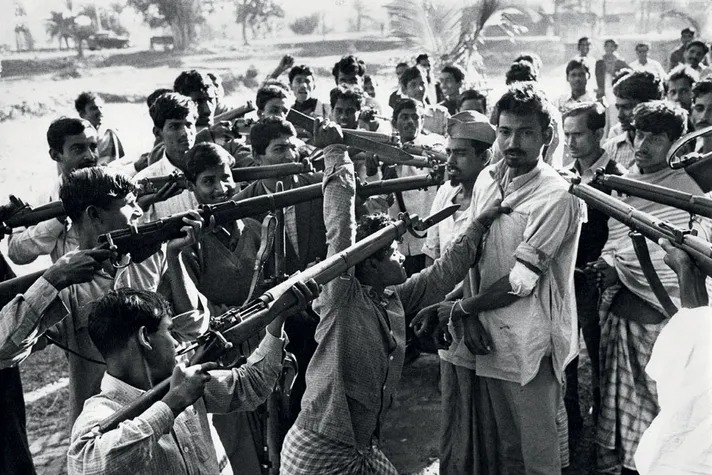
Key Dates and Timeline
- 25 March 1971: Operation Searchlight begins in East Pakistan; Bangladesh Liberation War starts.
- 3 December 1971: Pakistan’s air strikes on India; war commences on both fronts.
- 11 December 1971: Tangail airdrop accelerates the drive on Dhaka.
- 16 December 1971: Surrender in Dhaka; Bangladesh liberated.
- 17 December 1971: Ceasefire in the west takes effect.
- 2 July 1972: Simla Agreement signed; ceasefire line becomes Line of Control.
- August 1973–April 1974: Delhi Agreement on POWs; Pakistan recognizes Bangladesh (Feb 1974); tripartite accord (Apr 1974) finalizes repatriations.
Key Figures
- India: Prime Minister Indira Gandhi; Gen Sam Manekshaw (COAS); Lt Gen J.S. Aurora (Eastern Command); leadership across IAF and Navy that secured air–sea dominance in the east.
- Pakistan: President Agha Muhammad Yahya Khan; Lt Gen A.A.K. Niazi (Eastern Command); senior commanders in the west managing a secondary front under mounting pressure.
- Bangladesh: Mukti Bahini commanders and provisional leaders whose guerrilla war and political stewardship underpinned the joint victory and the new state’s proclamation.
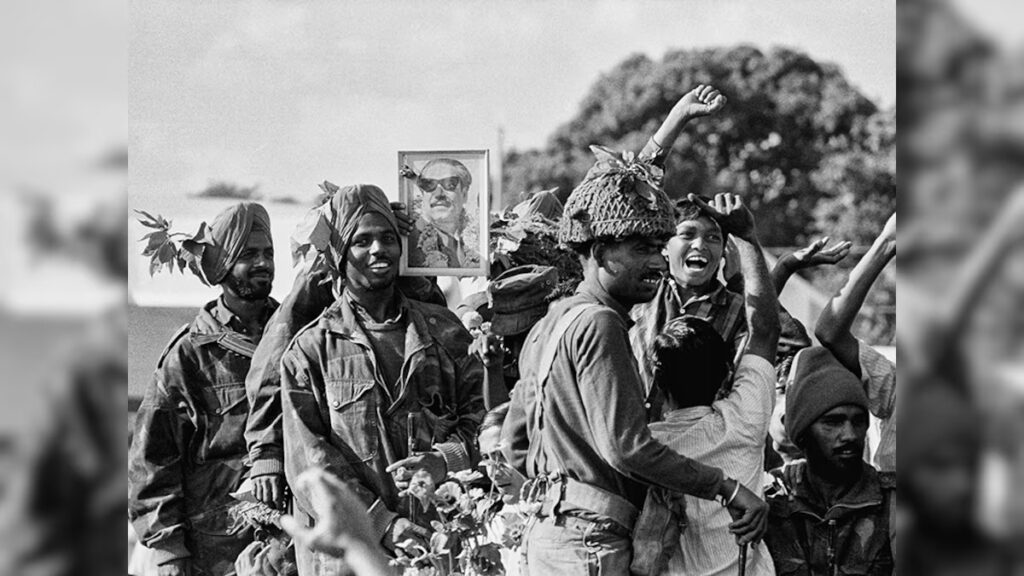
Interesting Facts
- Largest post–WWII surrender: The Dhaka capitulation involved the largest number of POWs since 1945, symbolizing the total collapse of Pakistan’s Eastern Command.
- Allied command: Formalized allied operations with Mukti Bahini and Indian forces began in late November and became fully active from the evening of 3 December, amplifying tempo toward Dhaka.
- Air dominance: U.S. assessments noted India achieved “complete air superiority” over East Pakistan, enabling unimpeded ground maneuver.
निष्कर्ष
In just 13 days, India and the Mukti Bahini shattered Pakistan’s Eastern Command, compelled the 16 December surrender in Dhaka, and secured Bangladesh’s independence; a ceasefire the next day ended fighting in the west, while the 1972 Simla Agreement and subsequent POW arrangements normalized the postwar order and set a bilateral framework that continues to shape South Asian geopolitics.

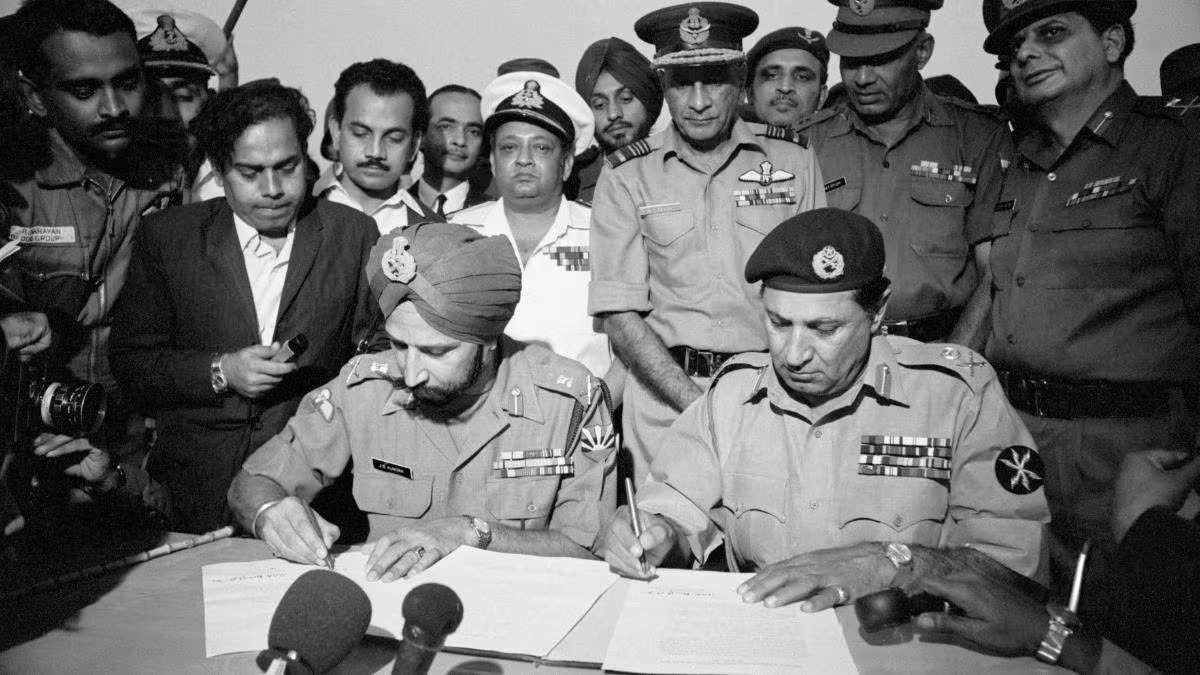



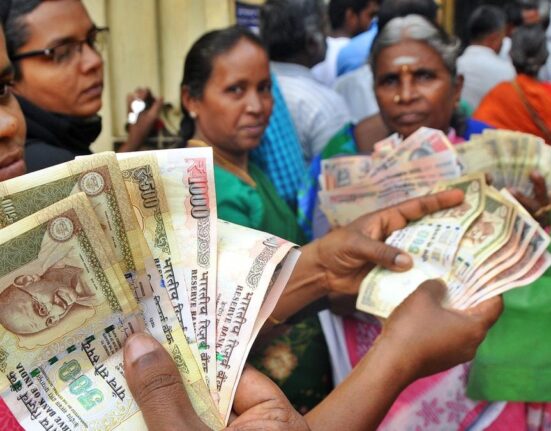
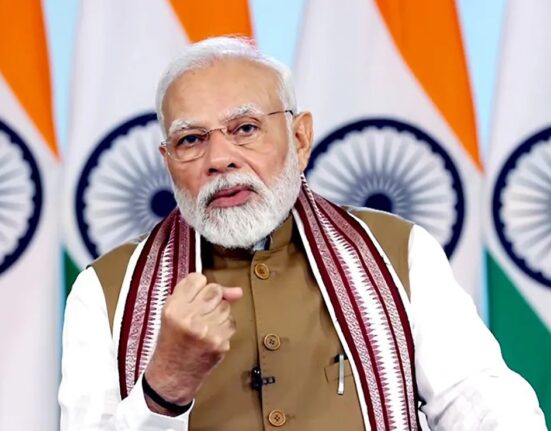

इस बारे में प्रतिक्रिया दें